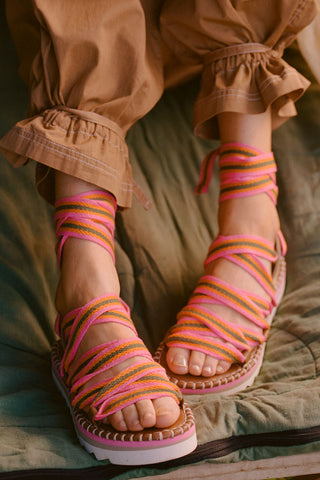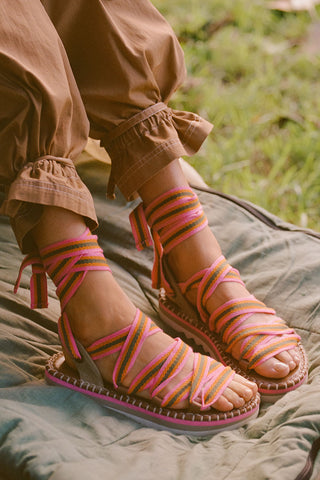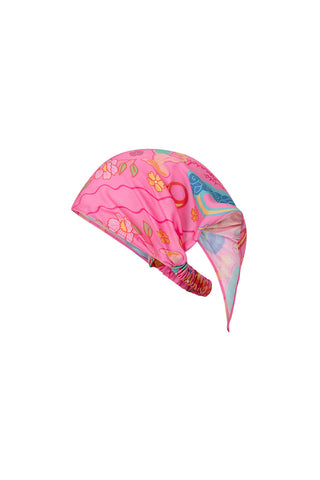five hidden ways plastic is sneaking into your everyday life
If you’ve been determinedly fighting the plastic-free fight by opting to consciously remove single-use plastics from your life, you might be in for a shock when you realise the hidden ways the material can weasel its way in.
Plastic is such a mass-used material, it’s no wonder we find it hard to truly eradicate it from our everyday. But it’s a fantastic way to reduce your carbon footprint and work toward a better future for this planet.

Here are some ways plastic might still be a part of your routines.
1. Coffee Cups
Nope, most disposable coffee cups aren’t recyclable - they’re coated with a waterproof plastic lining, which means they need to go in the bin, not the paper recycling. Some cafes are opting to use biodegradable coffee cups, but the best way to avoid plastic waste when purchasing your morning latte is to buy a reusable cup like Huskee cups, which are made using repurposed coffee husks.
2. Disposable Wipes
Most of us know not to flush disposable wipes (unless you enjoy clogging your drains!) but what you may not know is that most are made of a cotton-polyester blend, polyester being - you guessed it - a plastic. The best option would be something reusable like dampened cotton wipes, or for removing makeup, a reusable makeup sponge like Face Halo.
3. Synthetic Clothing
Polyester is found in many clothing items, either blended with other materials or on its own. However, it’s not great for the environment - it releases microfibers, especially when washed. These head down to our oceans and… well, you know the rest. It’s hard to avoid having any polyester in our wardrobes, but what you can do is wash these items less often, and air-dry them over using a dryer. This way, you’ll be releasing less of those microfibres. It’s also more important than ever to look after your clothing - repair them, care for them - so you’re prolonging their lifespan and contributing less to landfill.
4. Tea bags
Who knew! Tea bags use plastic. Yep, even some of those that claim to be plastic-free use polypropylene to make them heat-resistant. Some are still compostable (although a small percentage will often be plastic, and therefore won’t break down), but the best option for our environment is to use loose-leaf tea and a strainer. If you’re rushing out of the house, why not invest in a reusable tea bottle like this one from Seed & Sprout? (https://seedsprout.com.au/products/glass-tea-bottle) These have strainers built in, so you just add your leaves and boiling water, then go.
5. Glitter
Those sparkly gels your four-year-old adores? Sadly, they may be microplastics, contributing to plastic waste on the planet. See, glitter is often made of polyethylene terephthalate, and because the size of each piece is so teensy, it goes straight down the drains into our oceans.
Instead, look for biodegradable glitter like products from Australian brand The Glitter Tribe.
Words by Melissa Mason.
Melissa is a freelance writer and podcast host. You can find her on Twitter and Instagram.





































